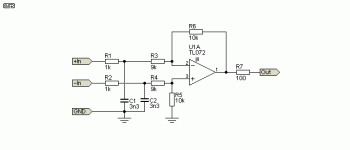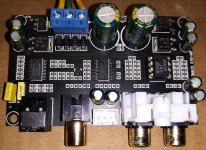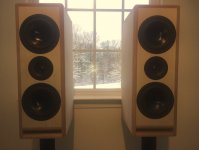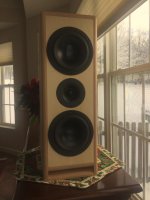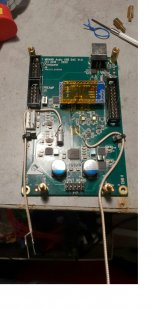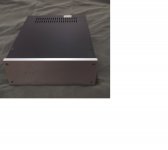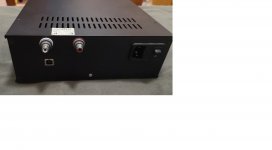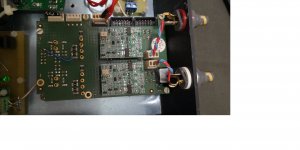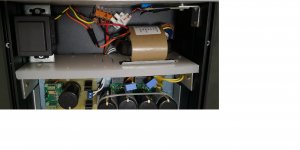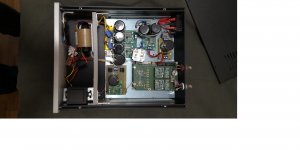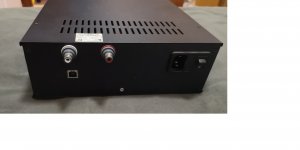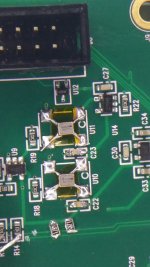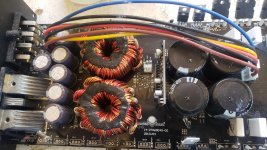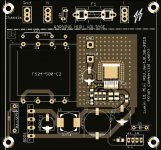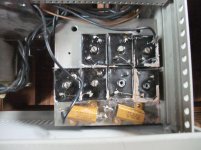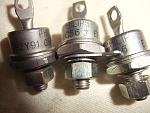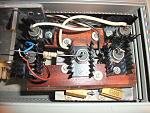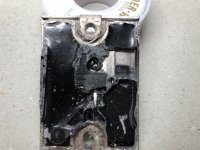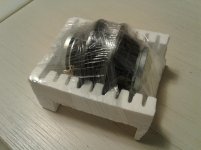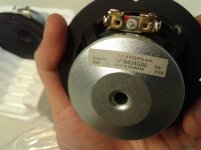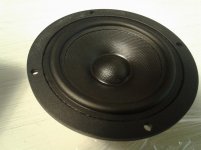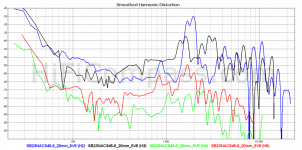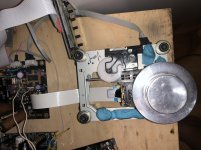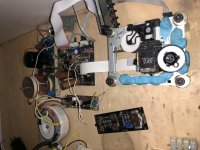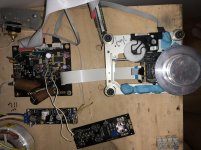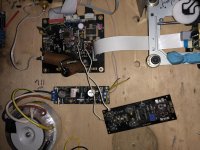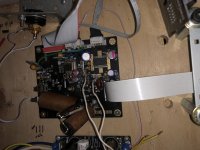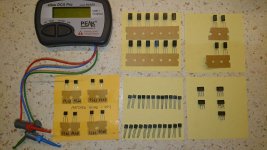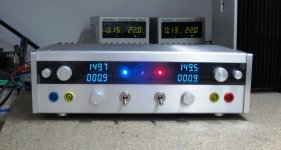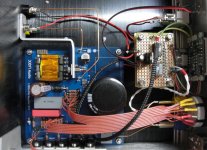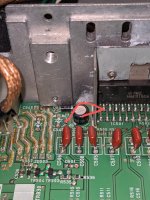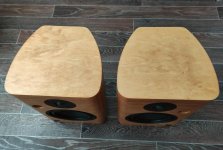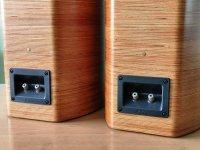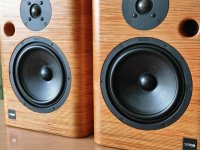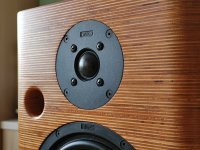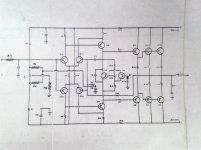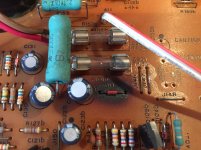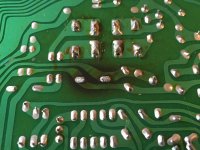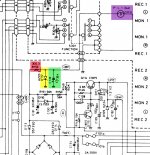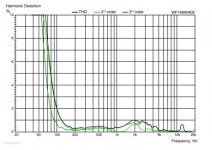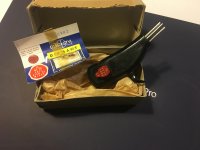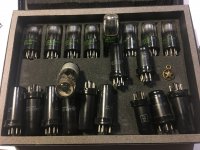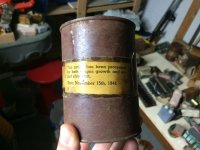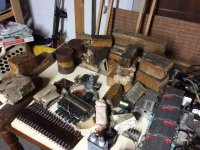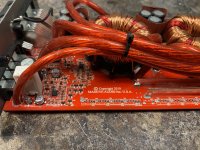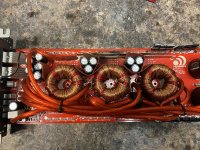I am about to order plywood for my speaker project, a subwoofer assisted two way speaker, with BBC-style thin wall enclosure. When researching the subject I found that as far as panel thickness goes Harbeth/Spendor/Rogers (so BBC contractors) used from 8mm in two way monitors to 12 mm plywood for larger boxes.
Now, from my local supply I can order only 7 mm plywood, even though its just 1 mm thinner than BBC spec, its as much as 12,5% difference from 8 mm panels used in commercial designs. So how thin can I go? I know that reducing panel thickness will lower the resonance frequency of the panel, which is a good thing according to BBC's approach, but there has to be some limitation, otherwise people would be using 3-5 mm panels to push the resonance below speaker's passband, which I haven't really seen in forums.
My two way design will cross over to sub, with Satori MW13P-8 in a bass reflex alignment tuned to around 70 Hz. Given relatively high tuning for this driver and some 5-5,5l net internal volume, simulations showed that I can use 2nd order BW highpass at some 130 Hz to land at -6 db at 80-85 Hz, where sub will take over.
It would a be a floorstanding design simply because my wife doesn't approve speaker stands. It will be 108 cm tall by 22 cm wide by 13 cm deep, but speakers will only use top 33 cm, so this subenclosure will also act as bracing at around 1/3 panel height. I plan to use 8 mm of alubutyl (2x 4 mm Silent Coat mat equivalent) damping on the inside to lower the amplitude of panel resonances. Front and back baffles would be mounted by screws, along BBC's design principles.
Your input would be much appreciated as I wanted to have panels cut this week to work on them during Christmas brake 🙂
